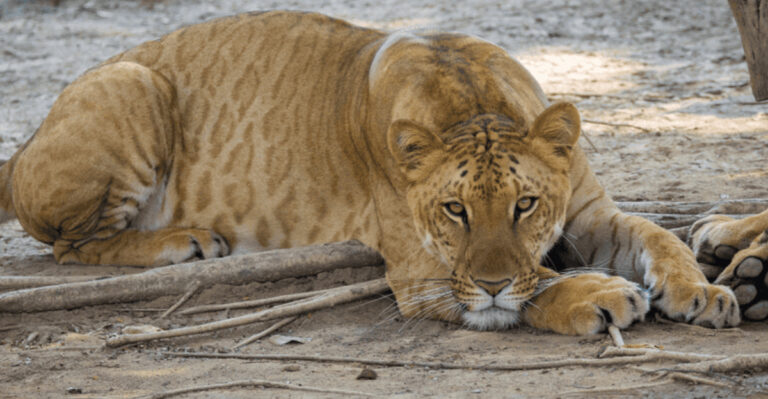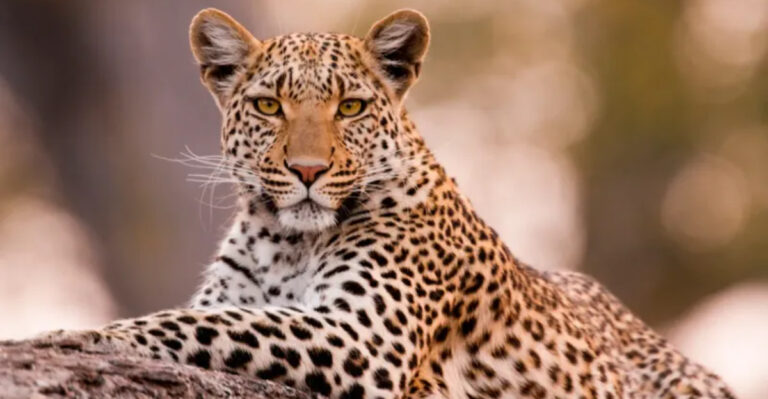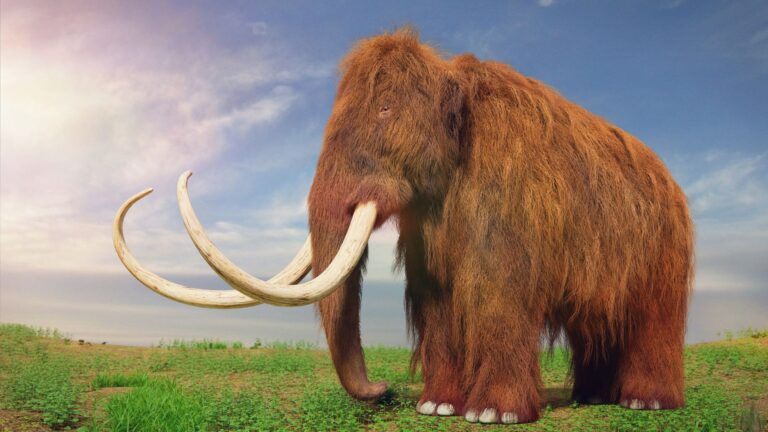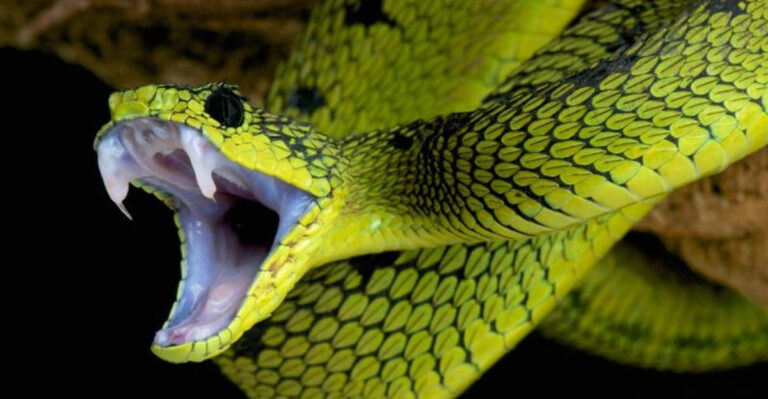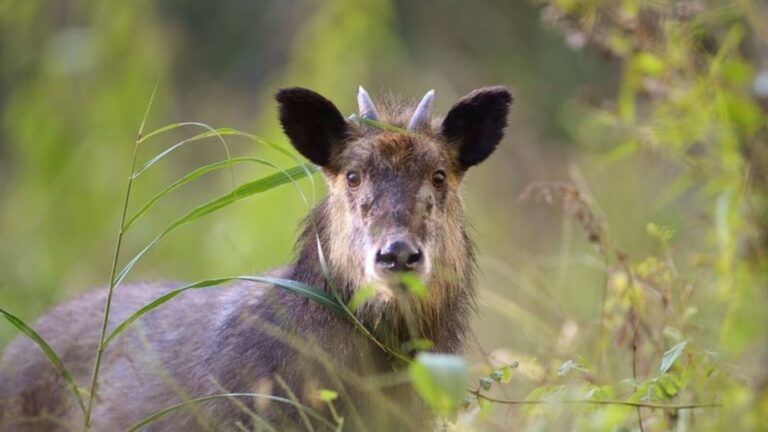17 Fascinating Bird Facts For The Birder In All Of Us
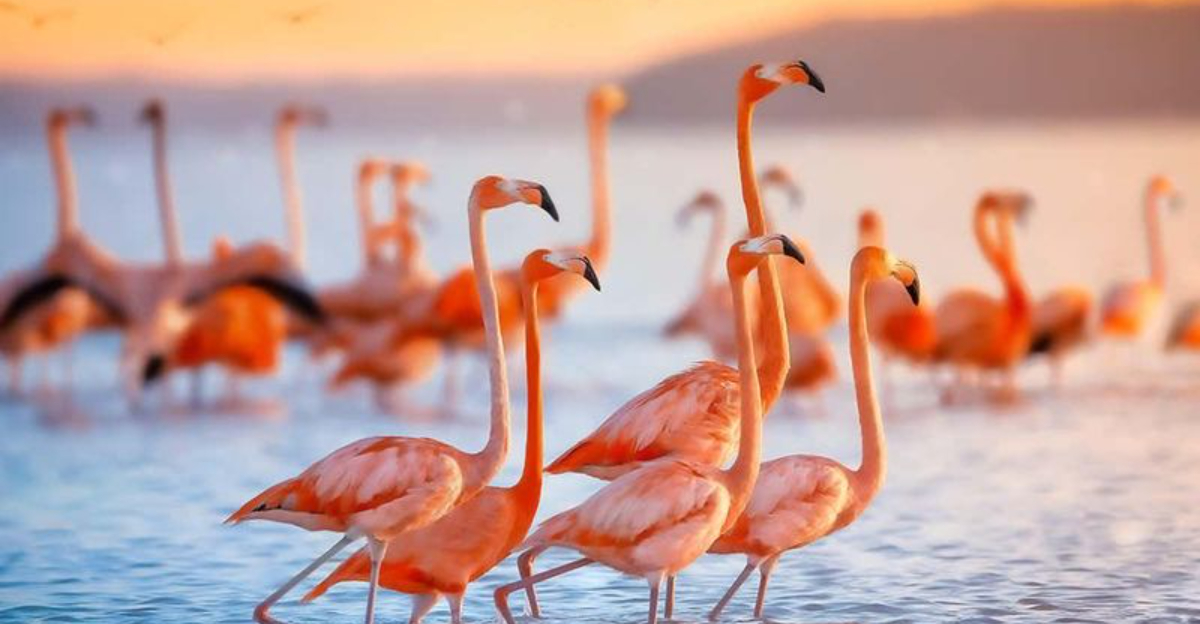
Birds have always fascinated humans with their vibrant colors, melodious songs, and incredible behaviors. Whether you’re a seasoned birder or just starting to notice the feathered friends around you, there’s always more to learn.
Let’s talk about some intriguing facts about birds that will captivate your imagination and perhaps inspire a new appreciation for our avian companions.
1. The Intelligence Of Crows
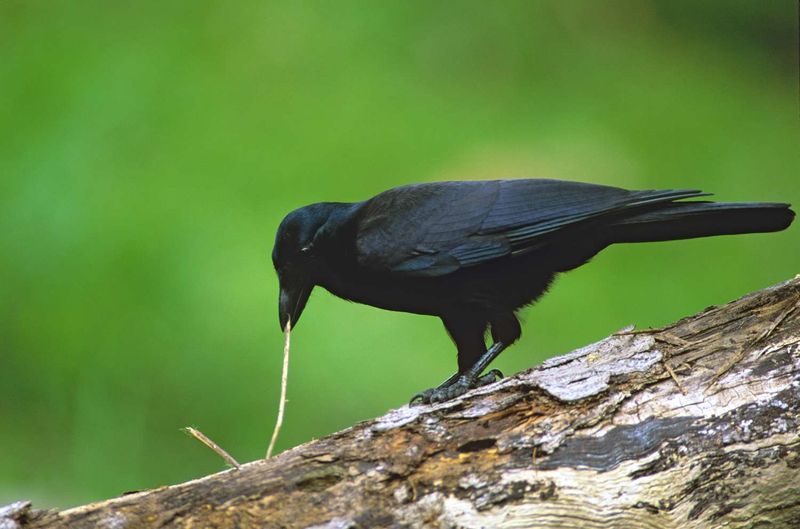
Crows are remarkably intelligent birds, often compared to primates in terms of cognitive abilities. These birds demonstrate the ability to use tools, which they craft from sticks to extract insects from tree bark.
Their problem-solving skills are showcased through complex puzzles, and they’ve been observed to remember human faces, holding grudges against those they perceive as threats. This level of intelligence is rare in the animal kingdom and places crows among the most fascinating of avian species.
Observations have also revealed that crows can plan for future events, a trait once thought to be exclusively human. This adaptability in various environments highlights their evolutionary success and ongoing mystery.
2. Hummingbird’s Rapid Wings
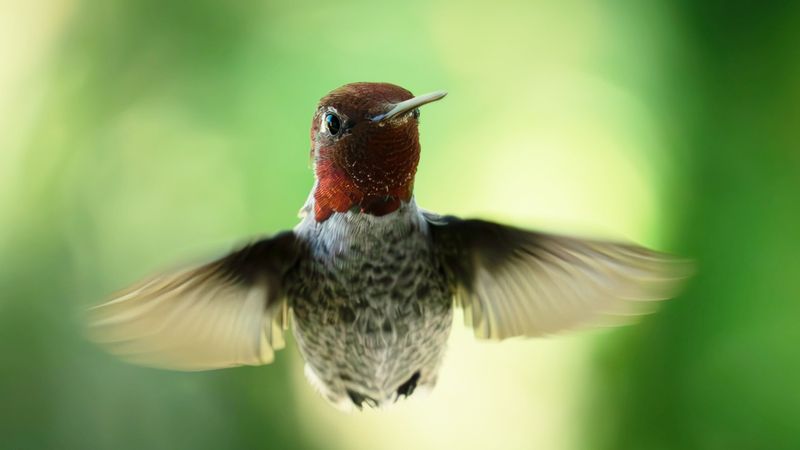
The hummingbird is known for its incredible wing speed, flapping up to 80 times per second. This rapid motion allows them to hover in place and even fly backward, showcasing a unique aerodynamic skill.
Their heartbeats can reach an astonishing 1,260 beats per minute. This remarkable energy expenditure is supported by feeding on high-energy nectar, which fuels their intense metabolism.
These birds are essential pollinators, contributing to the ecosystem by spreading pollen as they feed. Their vibrant colors and rapid movements are not only a spectacle to watch but also play a crucial role in the health and diversity of plant life.
3. Ostrich Speed And Size
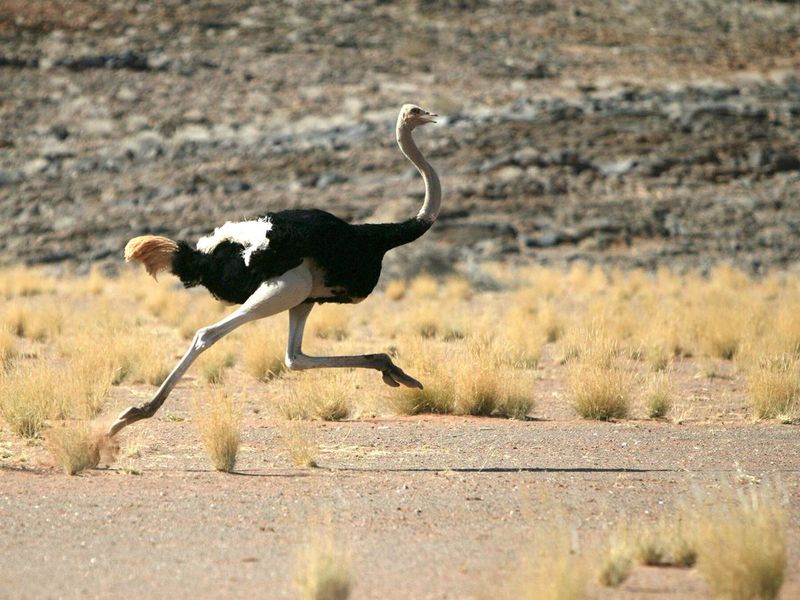
Ostriches hold the title for the largest and fastest birds on land. Reaching speeds of up to 60 miles per hour, they use their powerful legs to escape predators in the African savannah.
Adult ostriches can weigh as much as 320 pounds, making their size and speed a fascinating combination in the bird world. Despite their inability to fly, their strong legs compensate, making them formidable runners.
Their large eyes provide excellent vision, helping them spot danger from a distance. Ostriches have adapted well to their environment, using their physical characteristics to thrive in a landscape filled with potential threats.
4. Albatross Long Flights
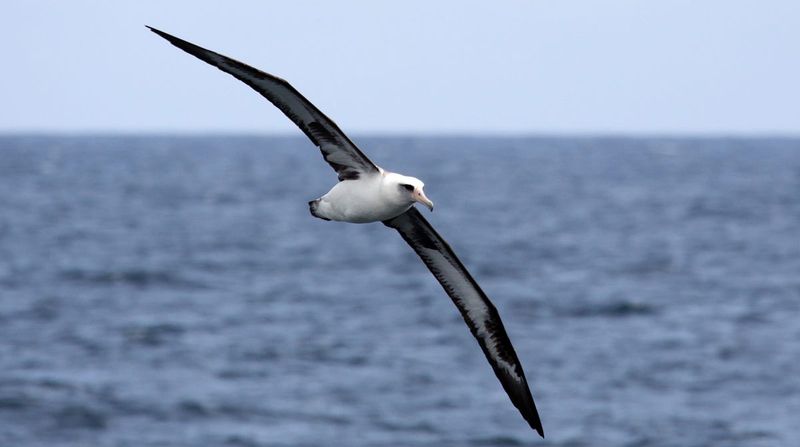
The albatross is renowned for its ability to fly long distances without rest. With wingspans reaching up to 11 feet, these birds glide effortlessly over the open ocean, covering thousands of miles in search of food.
Their dynamic soaring technique allows them to harness wind energy, conserving energy during long flights. This unique adaptation is vital for their survival, given their predominantly oceanic lifestyle.
Albatrosses are also known for their lifelong monogamous relationships, returning to the same partner and nesting site each breeding season. This fidelity, along with their impressive navigational skills, makes them a symbol of endurance and commitment in the avian world.
5. Parrots And Speech
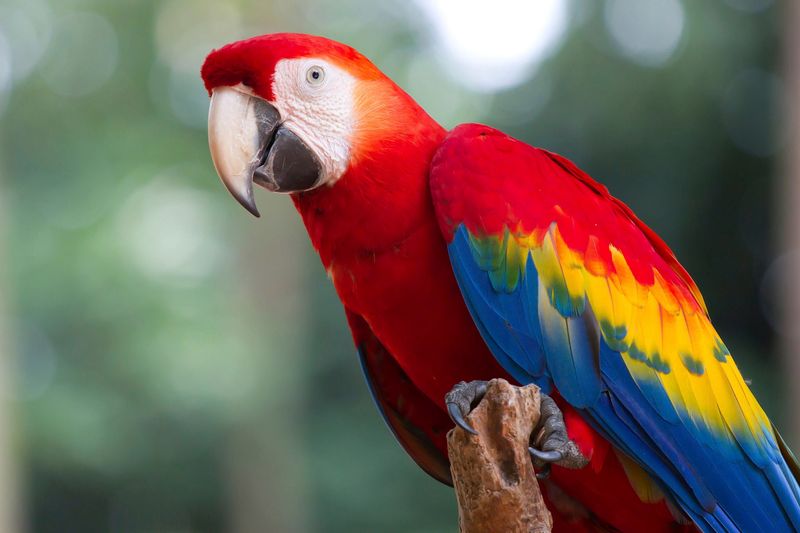
Parrots have captivated people for centuries with their ability to mimic human speech. Unlike other birds, parrots have a specialized vocal organ that allows precise control over sound production.
This ability to learn and repeat words isn’t just for amusement; it reflects their high intelligence and social nature. In the wild, parrots use complex vocalizations to communicate within their flocks, ensuring cohesion and cooperation.
Their vibrant plumage and engaging personalities make them popular pets, but they require mental stimulation and social interaction to thrive. Understanding their needs and abilities can lead to a fulfilling companionship for both the parrot and its human caretaker.
6. Penguin Parenting
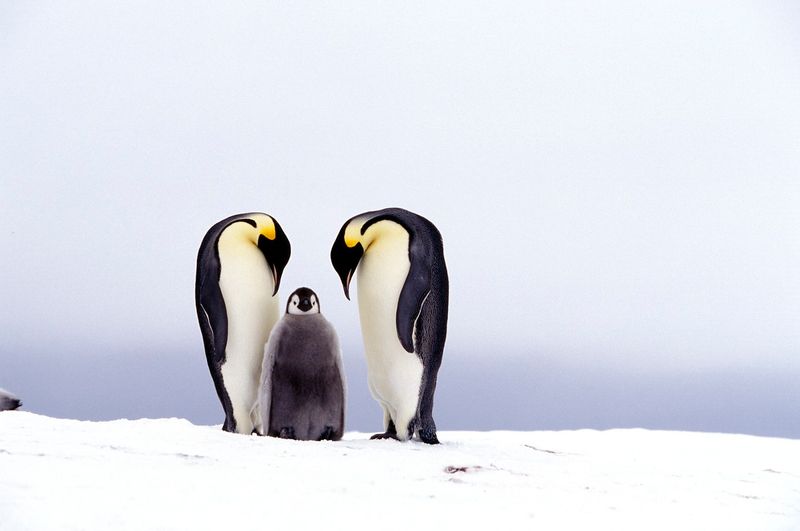
Penguins are exemplary parents, often sharing the responsibility of nurturing their young in harsh Antarctic conditions. The male and female take turns incubating the egg, ensuring it remains warm and protected from the elements.
This teamwork is crucial for survival in an environment where food scarcity and freezing temperatures are constant challenges. Once the chick hatches, both parents continue to work together, feeding and safeguarding their offspring.
The strong bond between penguin parents and their dedication to raising their young is a beautiful example of cooperation and commitment in the animal kingdom. Their story is a testament to resilience and adaptation in some of the world’s most extreme environments.
7. Peacock’s Dazzling Display
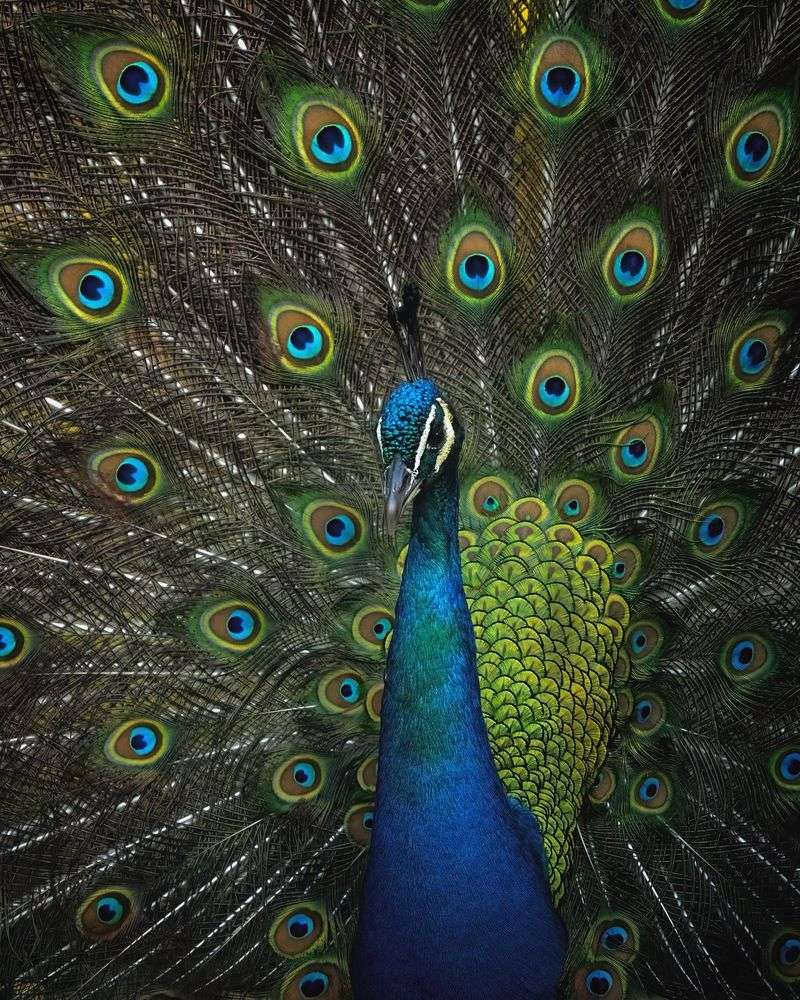
The male peacock’s magnificent tail feathers are a classic example of nature’s beauty and intricacy. These iridescent feathers are used in elaborate courtship displays to attract potential mates.
Each feather features eye-catching patterns and colors, contributing to the peacock’s reputation as one of the most visually stunning birds. The display is not merely for show; it signals the male’s health and genetic quality to females.
Evolutionary biologists study these displays as an example of sexual selection, where physical traits evolve to improve mating success. The peacock’s display is a reminder of how beauty and functionality can coexist in the natural world.
8. Flamingo’s Pink Hue
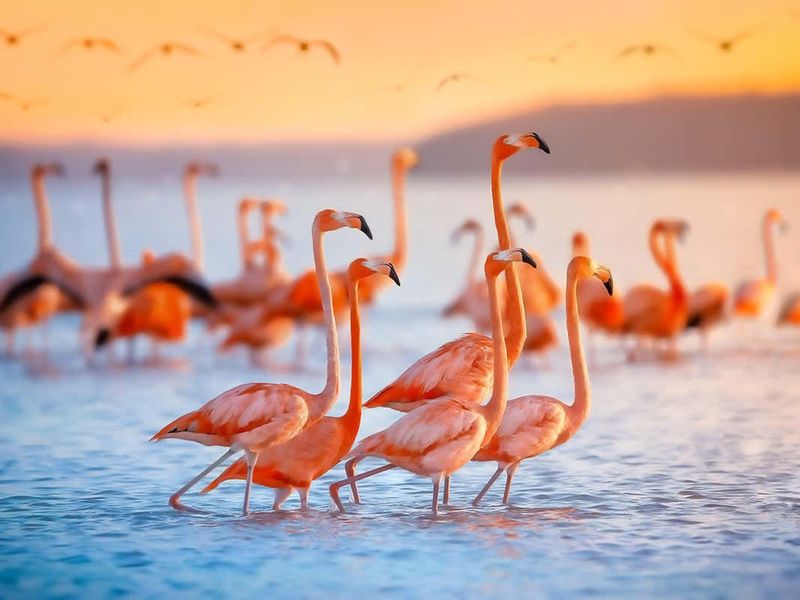
Flamingos are instantly recognizable by their striking pink coloration, which comes from the carotenoid pigments in their diet. These pigments are found in the algae and crustaceans that flamingos consume, turning their feathers pink over time.
Their long, graceful necks and legs allow them to wade through shallow waters, where they filter-feed using specialized beaks. This adaptation is crucial for their survival in the saline and alkaline lakes they inhabit.
Flamingos are social birds, often found in large flocks that provide safety in numbers. Their communal living and feeding habits are essential for maintaining their vibrant coloration and overall health.
9. Eagle’s Vision
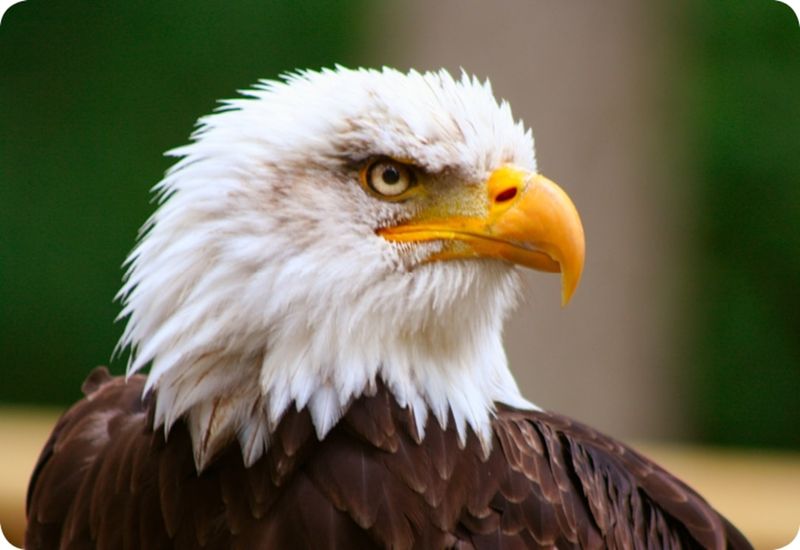
Eagles are renowned for their exceptional eyesight, which allows them to spot prey from great distances. Their eyes are specially adapted with larger pupils and more light-sensitive cells, providing superior vision compared to most vertebrates.
This keen eyesight is essential for hunting, enabling eagles to detect even the slightest movements of potential prey. Once spotted, they use their powerful talons to capture and carry animals back to their nests.
Eagles symbolize strength and freedom, often seen as majestic figures in many cultures. Their incredible vision and hunting prowess make them one of the most efficient predators in the avian world.
10. Pigeons’ Homing Ability
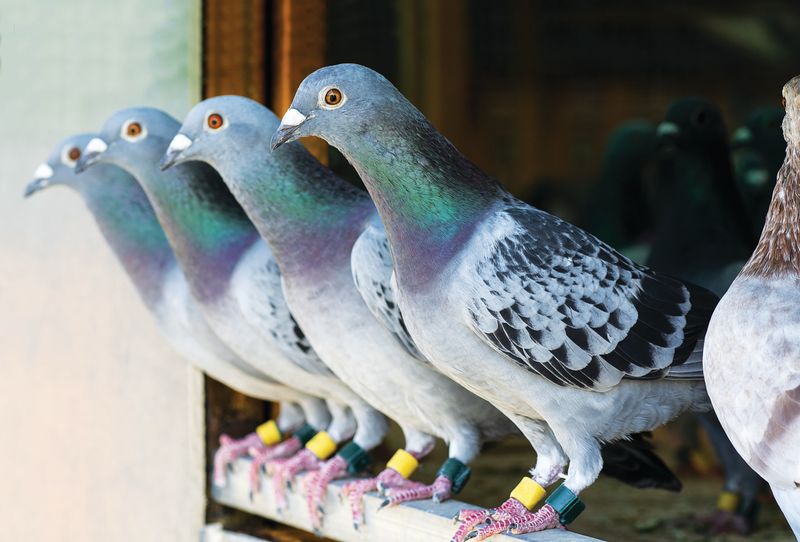
Pigeons have an astounding ability to navigate back to their nests over long distances, a skill known as homing. They use a combination of visual landmarks, Earth’s magnetic field, and the sun’s position to find their way.
This homing instinct has been utilized by humans for centuries, from ancient communication systems to modern-day racing pigeons. Their impressive navigation skills remain a topic of scientific study, revealing insights into animal behavior and migration.
Pigeons are often underestimated, but their adaptability and intelligence have allowed them to thrive in urban environments, making them an integral part of city life around the world.
11. Kiwi’s Unique Adaptations
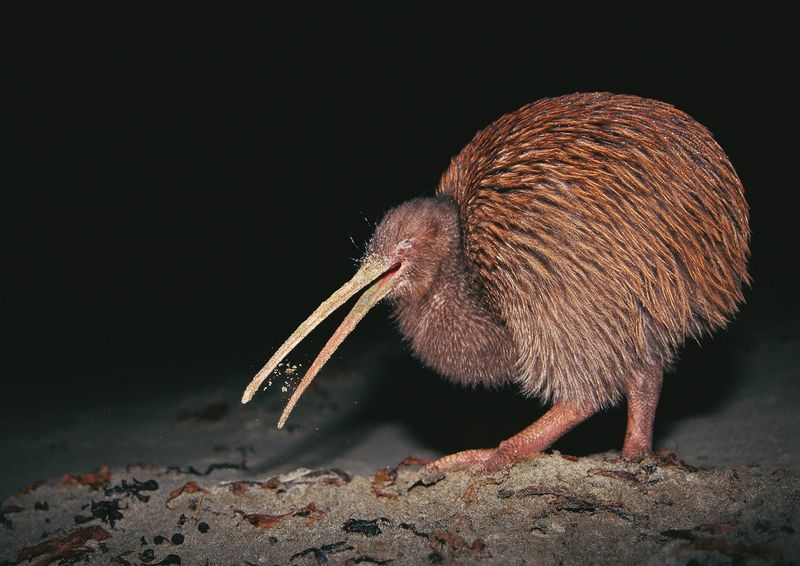
Kiwis are flightless birds native to New Zealand, known for their nocturnal habits and unusual adaptations. Their long beaks are equipped with sensory pits, allowing them to detect vibrations and locate insects underground.
Unlike most birds, kiwis have nostrils at the tips of their beaks, enhancing their ability to smell and find food. Their keen sense of smell is unique among avian species and critical for their survival.
Kiwis lay one of the largest eggs relative to their body size, a feat of biological engineering that supports the development of well-formed chicks. These adaptations showcase the kiwi’s resilience and evolutionary ingenuity in a challenging environment.
12. Lyrebird’s Mimicry
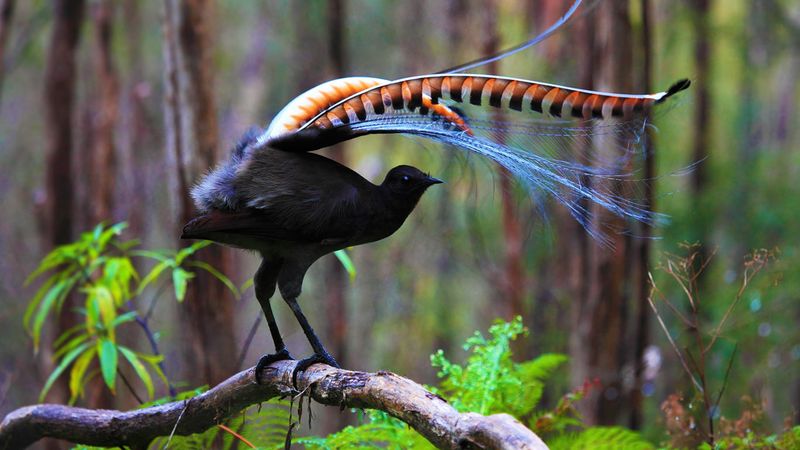
Lyrebirds are extraordinary mimics, capable of imitating a wide range of sounds from their environment. Found in Australian forests, they can replicate chainsaws, camera shutters, and even other bird calls with astonishing accuracy.
This mimicry is part of their courtship ritual, where the male lyrebird uses sound to attract a mate and establish territory. The complexity of their vocal repertoire reflects their intelligence and adaptability.
Conservationists and researchers study lyrebirds to understand more about communication and adaptation in the animal kingdom. Their vocal skills offer a unique glimpse into the complexities of avian behavior and ecology.
13. Snowy Owl’s Camouflage
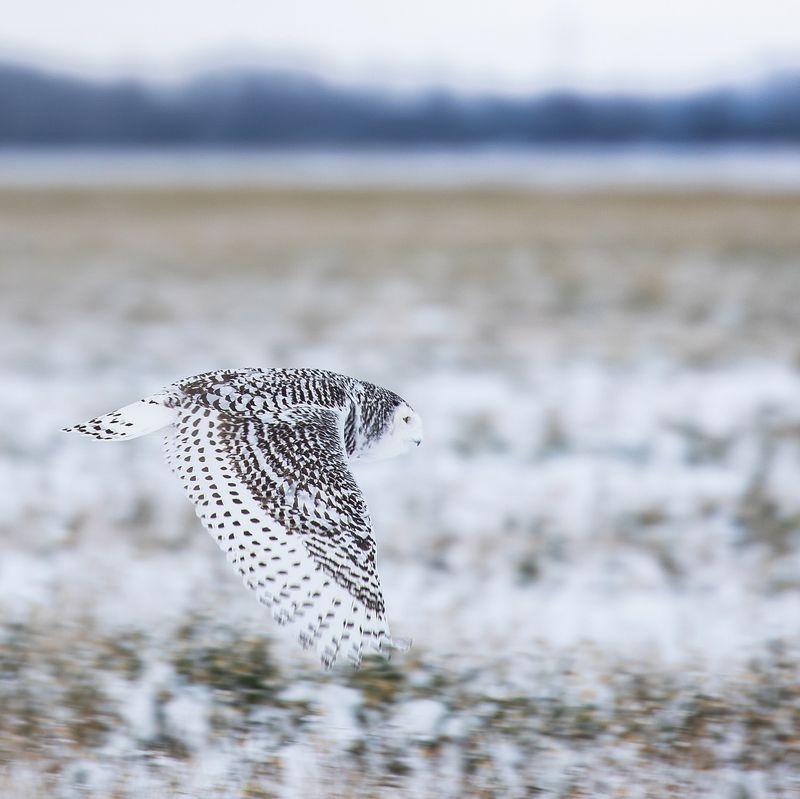
Snowy owls possess remarkable camouflage that helps them blend into their Arctic surroundings. Their white plumage, speckled with dark markings, mimics the snow-covered landscape, aiding in hunting and predator evasion.
These adaptations are crucial for survival in the harsh, icy environment, where food sources can be scarce. Snowy owls primarily feed on lemmings, using their keen eyesight and silent flight to capture prey with precision.
Their ability to thrive in such extreme conditions makes them a symbol of resilience and adaptability. The snowy owl’s haunting call and striking appearance have also embedded them in folklore and cultural stories across the northern hemisphere.
14. Arctic Tern’s Migration
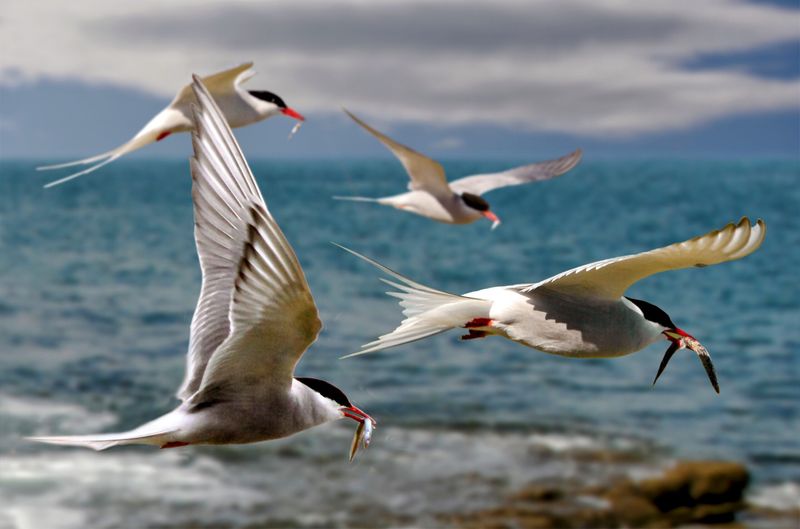
The Arctic tern is famed for its incredible migratory journey, traveling from the Arctic to the Antarctic and back each year. This round-trip, spanning over 44,000 miles, is the longest migration of any bird species.
Their migration patterns follow the sun, allowing them to experience more daylight than any other creature. This remarkable journey ensures access to abundant food resources and optimal breeding conditions.
The Arctic tern’s endurance and navigational skills are subjects of fascination and study for ornithologists worldwide. These birds embody the spirit of exploration and adaptability, thriving in diverse and challenging environments.
15. Cassowary’s Protective Nature
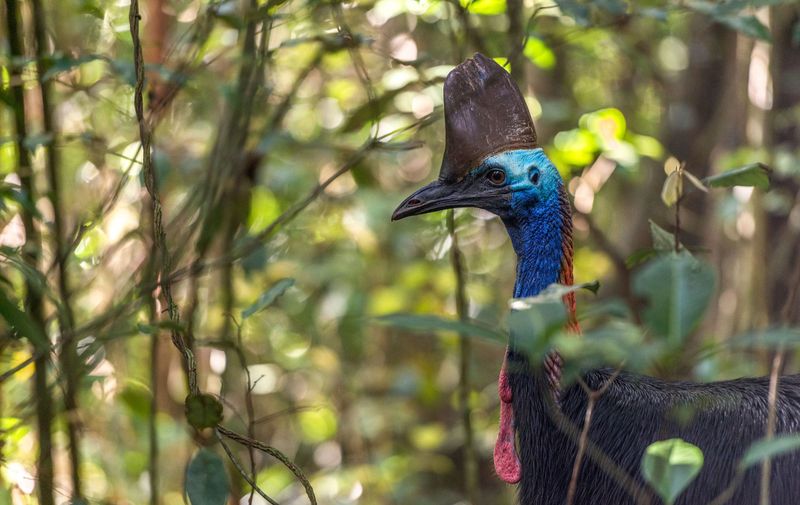
Cassowaries are large, flightless birds found in the tropical forests of New Guinea and Northern Australia. Known for their striking appearance and fierce demeanor, they play a significant role in their ecosystem.
Cassowaries are often referred to as “guardians of the forest” due to their seed-dispersing habits. Their diet consists of fallen fruit, which they spread across the forest floor, promoting plant diversity and growth.
Despite their beneficial role, cassowaries are known for being one of the world’s most dangerous birds. Their powerful legs and sharp claws can deliver lethal blows when threatened, underscoring their reputation as formidable protectors of their habitat.
16. Hawk’s Precision Hunting
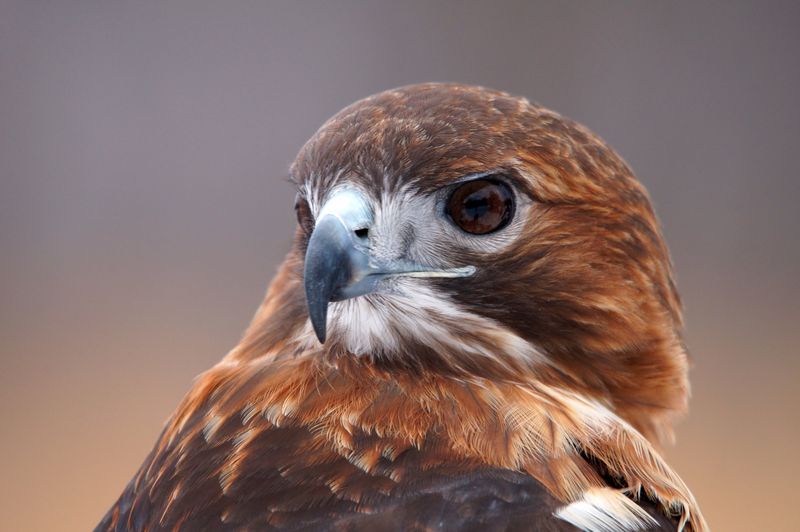
Hawks are known for their unparalleled hunting precision, using their keen eyesight and agile flight to capture prey. These raptors are equipped with sharp talons and beaks, enabling them to dispatch prey swiftly.
Their hunting strategy involves soaring at great heights, then diving at incredible speeds to surprise their target. This element of surprise and accuracy makes them efficient predators in their habitats.
Hawks are also highly adaptable, thriving in diverse environments from forests to urban areas. Their ability to coexist with human activity highlights their resilience and flexibility, making them a vital part of the ecological balance.
17. Pelican’s Feeding Technique
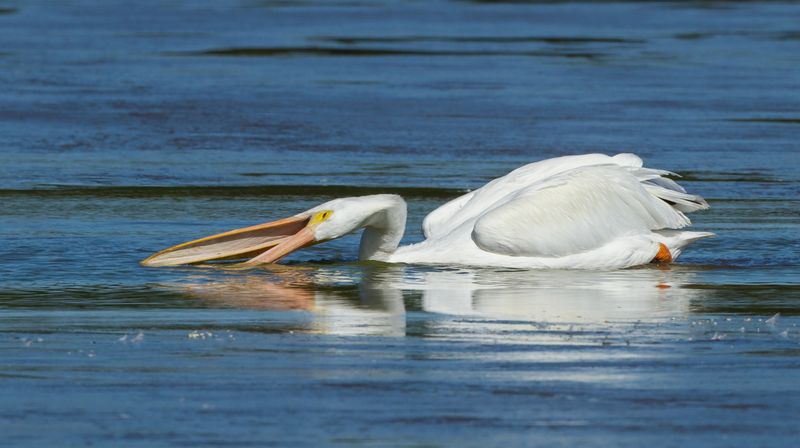
Pelicans have a distinctive feeding technique, using their large beaks to scoop up fish and water. This technique allows them to catch fish with remarkable efficiency, often working in groups to herd fish into shallow waters.
Their expandable throat pouch is an iconic feature, enabling them to trap and drain water before swallowing their catch. This adaptation is essential for feeding in coastal and freshwater environments.
Pelicans are social birds, often nesting in colonies that provide protection and shared resources. Their cooperative hunting and nesting behaviors underscore the importance of social structures in avian survival and success.

